In recent years, chatbots have become an integral part of the digital landscape, revolutionizing customer service, streamlining business operations, and enhancing user experiences. As technology continues to advance, chatbot development has evolved to keep up with changing trends and consumer demands. In this blog post, we’ll explore some of the latest trends in chatbot development and how they are shaping the future of this technology.
1. Conversational AI and Natural Language Processing (NLP) in chatbots
Conversational AI, powered by NLP, is at the forefront of 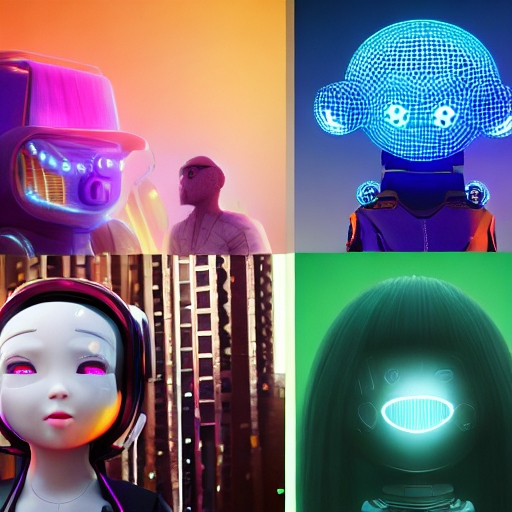 development. NLP algorithms enable chatbots to understand and respond to human language with remarkable accuracy. This trend is making chatbots more human-like in their interactions, leading to improved user engagement and satisfaction.
development. NLP algorithms enable chatbots to understand and respond to human language with remarkable accuracy. This trend is making chatbots more human-like in their interactions, leading to improved user engagement and satisfaction.
2. Multimodal Chatbots
Multimodal chatbots can process and generate information through multiple channels, including text, voice, and images. This trend enables chatbots to provide a seamless and versatile user experience across different platforms and devices, from smartphones to smart speakers.
3. Voice-Activated Chatbots
With the rise of voice assistants like Siri and Alexa, voice-activated chatbots are gaining popularity. These chatbots can understand and respond to voice commands, making them valuable for hands-free interactions in various settings, including home automation and customer service.
4. Personalization and Context Awareness in chatbots
Modern chatbots are becoming increasingly adept at understanding context and personalizing their responses. They can remember past interactions, user preferences, and even emotional states to offer more tailored and relevant conversations.
5. Low-Code and No-Code Chatbot Development in chatbots
The democratization of chatbot development is taking place through low-code and no-code platforms. These tools empower individuals and businesses with little to no coding experience to create chatbots quickly and efficiently.
6. Integration with Messaging Apps
Chatbots are increasingly integrated with popular messaging apps like WhatsApp, Facebook Messenger, and Slack. This allows businesses to meet customers where they already communicate and provide support and services directly within those platforms.
7. Chatbot Analytics and Data-Driven Improvements
Advanced analytics and data-driven insights are shaping the continuous improvement of chatbots. Developers use data to refine chatbot performance, enhance user experiences, and optimize the conversation flow.
8. Emotional AI and Empathy in chatbots
Chatbots are now being designed with emotional AI capabilities, allowing them to recognize and respond to human emotions. This trend contributes to more empathetic interactions, which can be particularly useful in healthcare, mental health support, and customer service.
9. Enhanced Security and Privacy Measures in chatbots
As chatbots handle sensitive information, there’s a growing emphasis on enhancing security and privacy features. End-to-end encryption, user authentication, and compliance with data protection regulations are essential in chatbot development.
10. Virtual Influencers and Brand Ambassadors
Some companies are taking chatbots to a whole new level by creating virtual influencers and brand ambassadors. These chatbots, with distinct personalities and social media presence, help promote products and engage with customers on a more personal level
11. Hyper-Personalization
Chatbots are now capable of hyper-personalization, where they can analyze user data, preferences, and behavior to offer extremely tailored recommendations and responses. This level of personalization can significantly enhance user engagement and conversion rates.
12. Continuous Learning and Adaptation
Chatbots are increasingly being designed to learn and adapt continuously. They can analyze new data and adapt their responses, allowing them to stay relevant and up-to-date with changing user needs and industry trends.
13. Cross-Channel Consistency
Maintaining consistency across different communication channels is essential for businesses. Chatbots are now designed to provide consistent information and experiences, whether a user interacts through a website, mobile app, or social media.
14. Accessibility and Inclusivity
Developers are focusing on making chatbots more accessible and inclusive. This involves ensuring that chatbots can cater to users with disabilities, such as providing text-to-speech capabilities and offering support in multiple languages.
15. Hybrid Models (Human-in-the-Loop)
Hybrid chatbot models combine the power of AI with human assistance. They allow human agents to step in when complex or sensitive issues arise, ensuring a seamless transition from automated responses to human interaction when necessary.
16. Industry-Specific Chatbots
Chatbots are increasingly tailored for specific industries, such as healthcare, finance, and e-commerce. These industry-specific chatbots are equipped with domain knowledge and are designed to address industry-specific challenges and regulations.
17. Sustainability and Green Chatbots
Sustainability is a growing concern, and some organizations are developing chatbots with environmental consciousness. These chatbots can provide information and tips on sustainable living and eco-friendly practices.
18. Emotional Intelligence Training
Chatbots are undergoing emotional intelligence training to better understand and respond to the emotional state of users. This training helps them provide appropriate support and assistance, especially in scenarios where empathy is crucial.
19. Real-Time Language Translation
Chatbots are incorporating real-time language translation capabilities, making it easier for users from different language backgrounds to interact with them. This is particularly valuable for global businesses and cross-cultural communication.
20. Quantum Computing Integration
As quantum computing technology advances, chatbot developers are exploring its potential to enhance the processing speed and capabilities of chatbots, leading to even more powerful and intelligent conversational agents.
These additional trends demonstrate the dynamic and evolving nature of chatbot development, as it continues to adapt to the changing needs of users and businesses across various industries.
21. Voice Cloning and Personalized Voices
Voice cloning technology is being integrated into chatbots, allowing users to choose personalized voices for their virtual assistants. This adds a unique touch to the conversational experience.
22. Chatbots for Mental Health Support
Chatbots are being leveraged for mental health support, offering users a confidential platform to discuss their emotional well-being, provide coping strategies, and even identify potential crises.
23. AR and VR Integration
Augmented Reality (AR) and Virtual Reality (VR) integration with chatbots are enhancing user experiences by providing immersive interactions and visual aids through mixed reality platforms.
24. Gamification in Chatbots
Chatbots are incorporating gamification elements to make interactions more engaging. This trend is especially popular in e-learning and customer engagement scenarios.
25. Chatbots in Education
In the education sector, chatbots are helping students with virtual tutoring, answering questions, and providing study guidance. They are also assisting educators in managing administrative tasks.
26. Predictive Analytics and Proactive Support
Chatbots are becoming proactive by using predictive analytics to anticipate user needs and offer support or recommendations even before users ask for them.
27. Multilingual and Multicultural Capabilities
Chatbots are expanding their language capabilities and cultural knowledge to cater to a diverse global audience, ensuring inclusivity and localization.
28. Social Commerce Chatbots
In the e-commerce world, chatbots are assisting with social commerce by allowing users to shop directly within social media platforms through conversational interactions.
29. Blockchain Integration
Blockchain technology is being integrated into chatbots to enhance security, transparency, and trust in financial and data-sensitive interactions.
30. Regulatory Compliance Chatbots
In industries with strict regulations, such as healthcare and finance, chatbots are being developed to ensure compliance with industry standards and data protection laws.
31. Chatbots for Disaster Response
Chatbots are used in disaster response scenarios to provide real-time information, resources, and emergency assistance to those affected by natural disasters or crises.
32. AI Ethics and Bias Mitigation
Developers are actively working on addressing AI ethics and mitigating bias in chatbots to ensure fairness and prevent discrimination in interactions.
33. Chatbots for Smart Cities
In the realm of smart cities, chatbots are used to manage public services, traffic information, and citizen engagement, making urban living more efficient and sustainable.
34. Integration with Smart Home Devices
Chatbots can control and integrate with smart home devices, allowing users to manage their homes through conversational commands.
35. Chatbots for Content Creation
Some chatbots are being used to assist content creators by generating text, ideas, and suggestions for articles, marketing copy, and more.
36. Data Privacy and User Consent
Developers are focusing on ensuring user data privacy and obtaining explicit consent for data usage, in compliance with evolving data protection regulations.
37. AI-Generated Art and Creativity
Chatbots are now venturing into the creative arts by generating music, art, and even poetry using AI algorithms.
38. Emotional Chatbots for Autism and Special Needs
Specialized chatbots are designed to assist individuals with autism and other special needs, offering emotional support and social interaction
39. Affective Computing in Chatbots
Affective computing, which involves recognizing and responding to human emotions, is being increasingly integrated into chatbot development for improved emotional engagement.
40. Offline Functionality
Chatbots are being developed to offer limited offline functionality, ensuring users can access basic information and services even without an internet connection.
These trends reflect the diverse and ever-evolving landscape of chatbot development, as it continues to find applications in various sectors and domains, shaping the way we interact with technology and services.

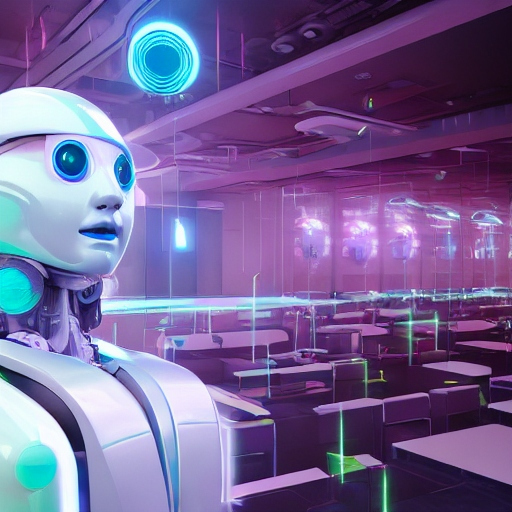

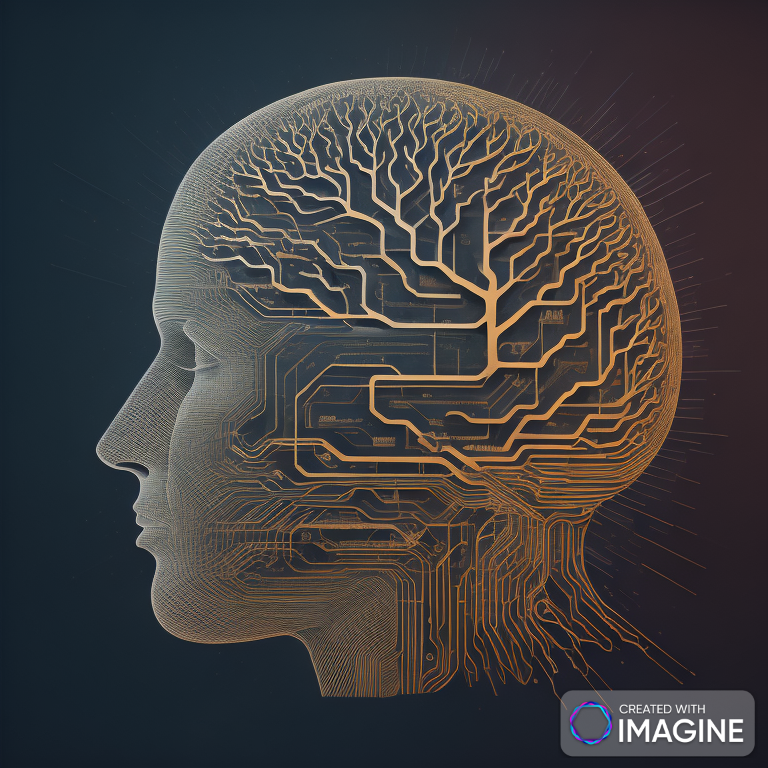

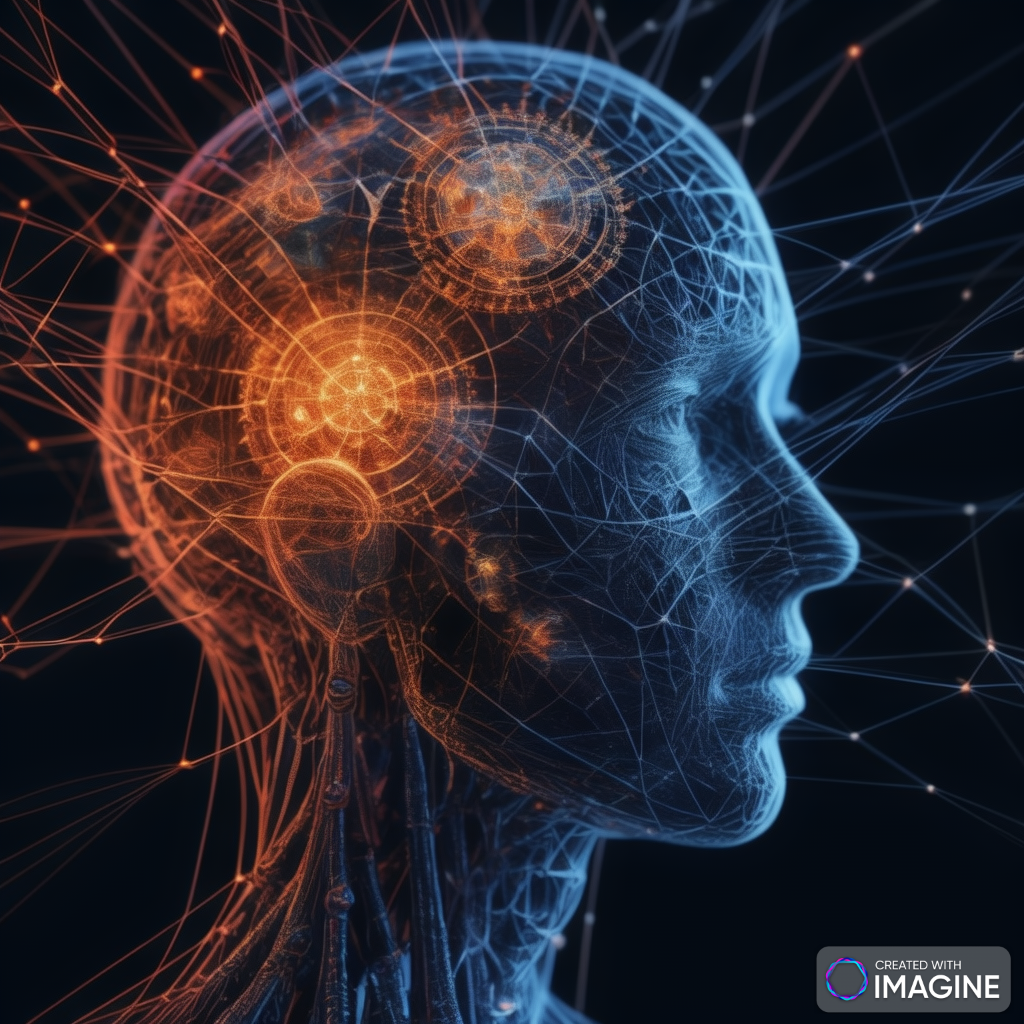
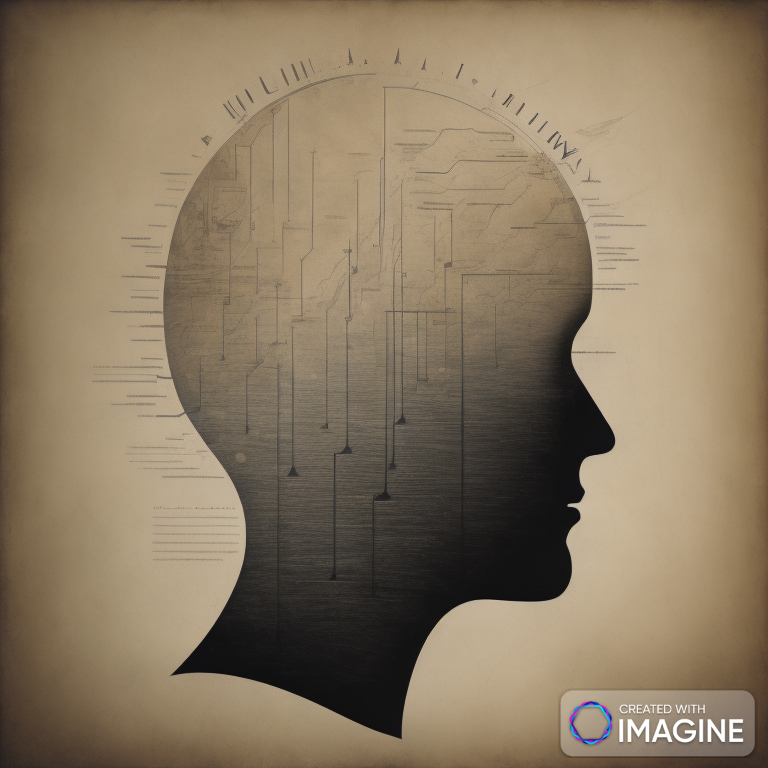
Your point of view caught my eye and was very interesting. Thanks. I have a question for you.